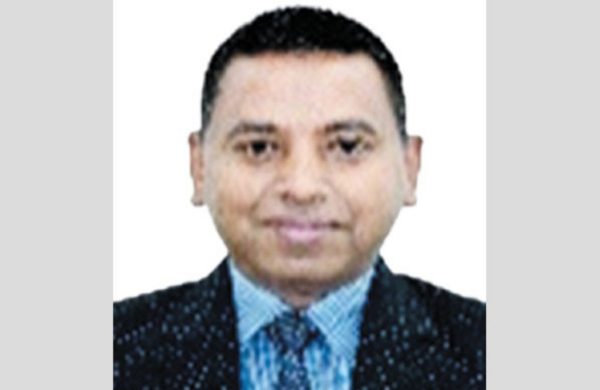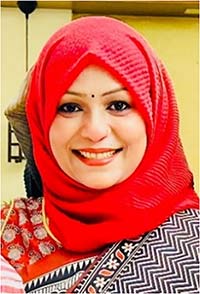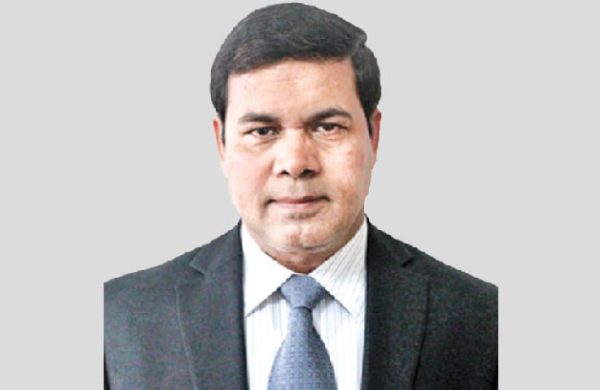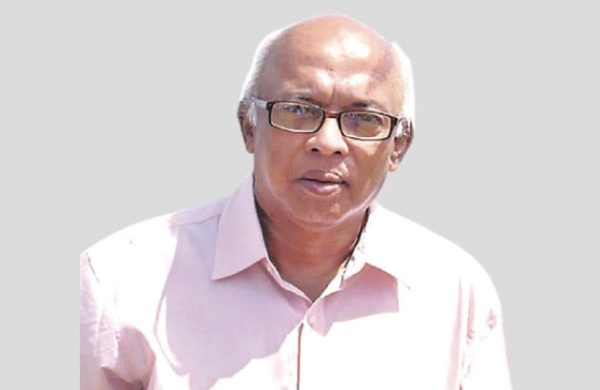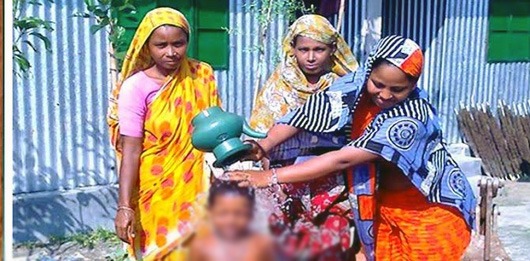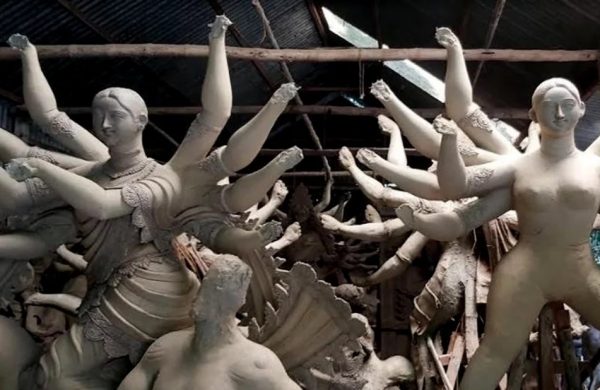The unseen faces of the Eid economy
- Update Time : Saturday, May 31, 2025
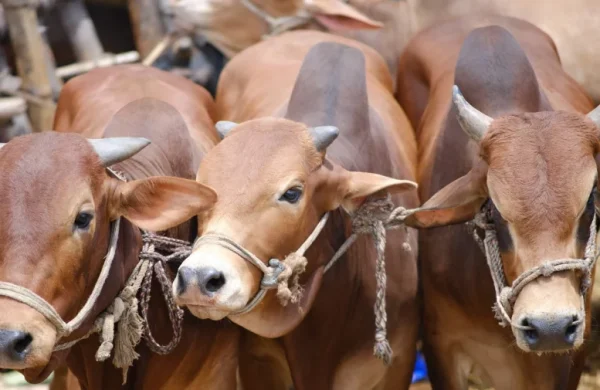
—ASM Rafad Asgar—
The Eid economy in Bangladesh offers vast potential — but unlocking its full benefits requires deeper policy engagement, systemic transparency, and inclusive reforms.
Eid-ul-Adha (Qurbani) is among the largest religious and cultural celebrations in Bangladesh. Every year, the public discourse around the festival is largely centred on cattle markets, the leather trade, and the potential of exporting by-products.
While these topics receive attention primarily from an economic and logistical perspective, the deeper, multifaceted dynamics behind the festival remain underexplored in our national policy discussions.
In reality, Eid-ul-Adha is not merely a festival of animal sacrifice, but a complex, wide-reaching economic phenomenon that stimulates various sectors and livelihoods across the country.
The economics go far beyond the transaction of purchasing and selling livestock. When an individual buys a sacrificial animal, the ripple effects benefit farmers, small-scale livestock breeders, spice merchants, knife sellers, meat processors, and temporary labourers involved in slaughtering and meat distribution.
This economic activity spreads across all layers of society. In the weeks surrounding Eid, transactions worth thousands of crores of taka take place, creating massive opportunities for temporary employment and income generation, which in turn enriches the national GDP.
As in previous years, the Department of Livestock Services (DLS) and the Ministry of Fisheries and Livestock have estimated the number of animals available for sacrifice. This year, 12,447,337 animals are deemed suitable for Qurbani — of which 5.6 million are cows and buffaloes, 6.8 million are goats and sheep, and about 5,500 belong to other species.
The ministries anticipate a surplus of over 2 million animals, consistent with previous years. Alongside traditional farmers, many young people who are not full-time livestock breeders are raising animals seasonally to supplement their income — balancing it with education or regular employment. A notable example of such youth-led entrepreneurship is Bismillah Agro.
However, there are gaps in the system that require urgent attention. For instance, many animals raised in rural homes are sold directly to buyers, bypassing formal cattle markets. As a result, no data entry is recorded for these animals, making it difficult to trace the actual volume.
To resolve this, a dual-entry data system is needed — one that records both the sale of animals and the number of sacrifices conducted on Eid day. This would help in tracking related industries, particularly the leather sector, more accurately.
During Eid, in addition to seasonal butchers, many people from other low-income professions also travel to Dhaka or various areas for a day to earn some extra money by assisting with tasks related to Qurbani, such as carrying meat and cleaning up. The income potential for butchers varies widely. Skilled butchers can earn between Tk 5,000 to Tk 10,000 during Eid, but the sector is largely unregulated and untrained, posing both safety and hygiene concerns.
Child labour is also prevalent, with many under children under 14 involved in waste collection — an activity prohibited by the Bangladesh Labour Act 2006. These workers often have no safety protections, and their employment ceases immediately after the festival.
Transportation of livestock is another area riddled with inefficiencies and corruption. Despite the government introducing “cattle trains,” thousands of trucks are used to move animals across the country. During this process, traders and truck drivers are often forced to pay informal tolls and extortion money, significantly inflating market prices. According to Transparency International Bangladesh (TIB), this results in roughly Tk 500 crore in corruption-related losses annually in the livestock transport sector alone.
Meanwhile, a secondary labour force emerges during Eid — day labourers from other low-income professions who arrive in cities to work temporarily in meat processing and cleaning. Following the sacrifice, urban areas — particularly Dhaka — generate an enormous amount of waste. In just 48 hours, city workers are tasked with removing up to 15,000 tons of animal waste. Yet, many of these sanitation workers are contract-based, lacking access to basic protective equipment like gloves, masks, and boots, exposing them to severe health risks.
Small-scale rural farmers dedicate the entire year to raising livestock for Eid, but when the time comes to sell, they are often forced to rely on middlemen, who siphon off a significant share of the profits. Studies show that nearly 60% of farmers have to sell their animals at a loss of 10–20%. Despite government initiatives like veterinary health certificates and mobile veterinary services, many marginal farmers are unable to fully access these benefits due to the opaque market structure, which continues to marginalize them.
Eid-ul-Adha in Bangladesh is not just a religious occasion — it is a vast and dynamic economic event. It temporarily boosts employment, accelerates cash flow, and opens income opportunities for millions. Yet, our national conversations remain largely confined to the visible elements — cattle markets, hides and skins, and waste management — and rarely venture into the deeper layers.
The questions we must ask are these: Who truly benefits from this economic surge? And who continues to be left behind?
Each year, around 50% of the country’s annual rawhide supply is collected within just a few days during Eid — often referred to as the “golden window” for the leather industry. Yet even in this critical period, the sector faces multiple challenges.
According to the Department of Livestock Services, the 2024 Qurbani season saw over 12.4 million sacrificial animals, generating economic activity exceeding Tk 60,000 crore. From rural farms and urban livestock markets to online platforms and meat processors, the entire supply chain witnesses an economic boom in just a few weeks.
This year alone, online cattle markets facilitated transactions worth nearly Tk 5,000 crore — highlighting the transformative role of digital platforms in reshaping the livestock trade. But even with this growth, around 25–30% of raw hides are wasted annually due to improper salting and preservation techniques.
Clearly, the Eid economy in Bangladesh offers vast potential — but unlocking its full benefits requires deeper policy engagement, systemic transparency, and inclusive reforms that uplift not only the market leaders but also the rural farmers, seasonal workers, and informal labourers whose sweat and labor keep the wheels of this celebration turning.
——————————————————–
ASM Rafad Asgar, Research Associate, Bangladesh Institute of Governance and Management (BIGM). Email- [email protected].



